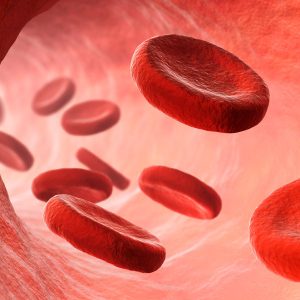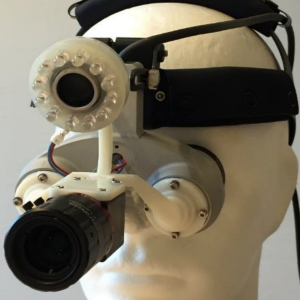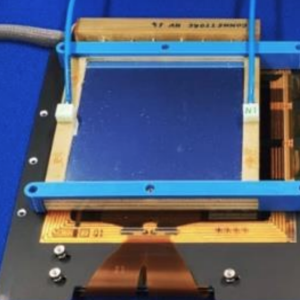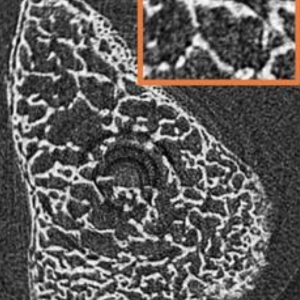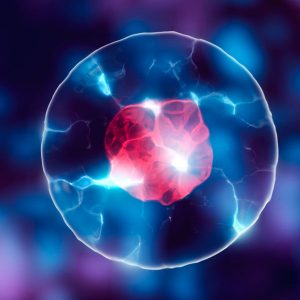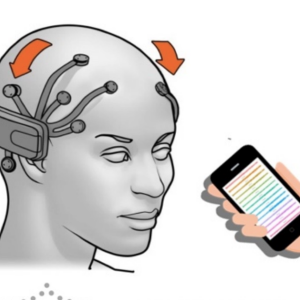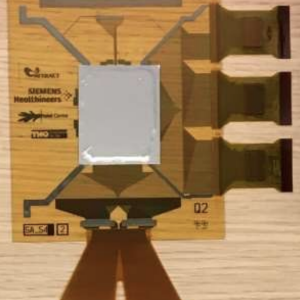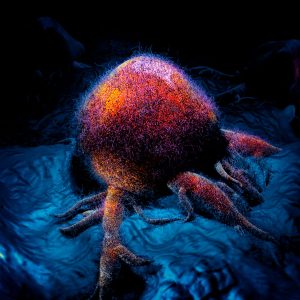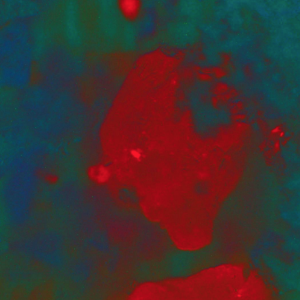In Europe, the future climate predictions point towards a more frequent occurrence of severe, short and very local rain storms. In cities, with dense urbanisation and infrastructure (port, airport, highways, …), this shall lead to more frequent activities disruptions at street level. Insurers already report that weather-related natural threat and catastrophes are rising rapidly. It...
This website uses cookies so that we can provide you with the best user experience possible. Cookie information is stored in your browser and performs functions such as recognising you when you return to our website and helping our team to understand which sections of the website you find most interesting and useful.




